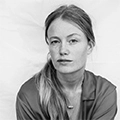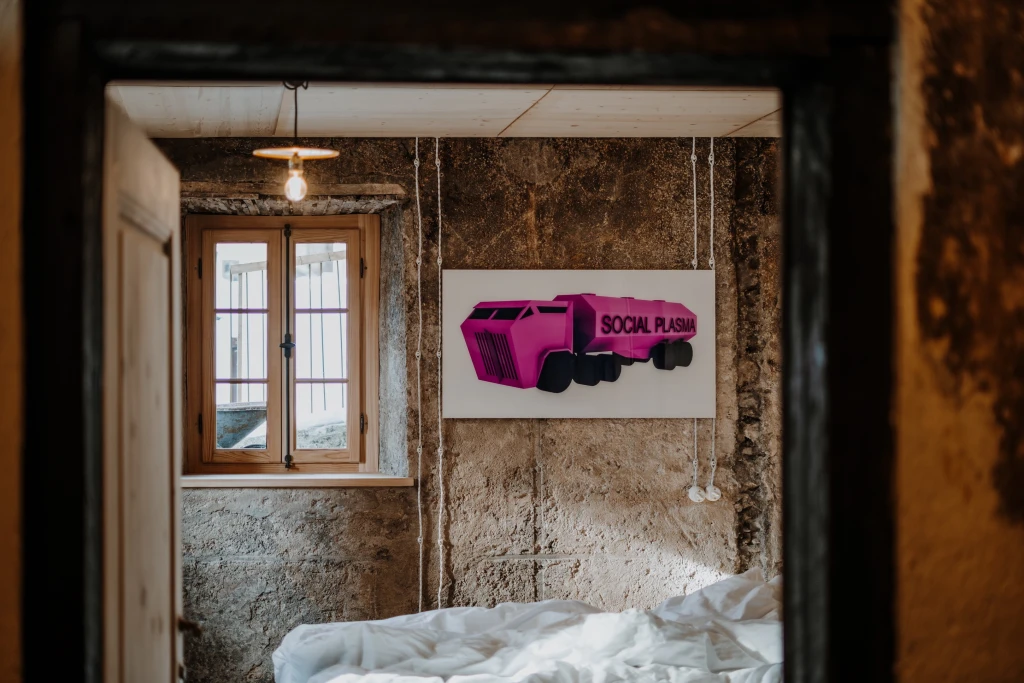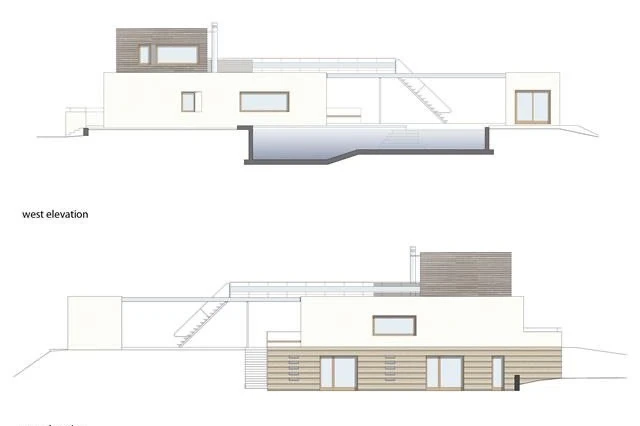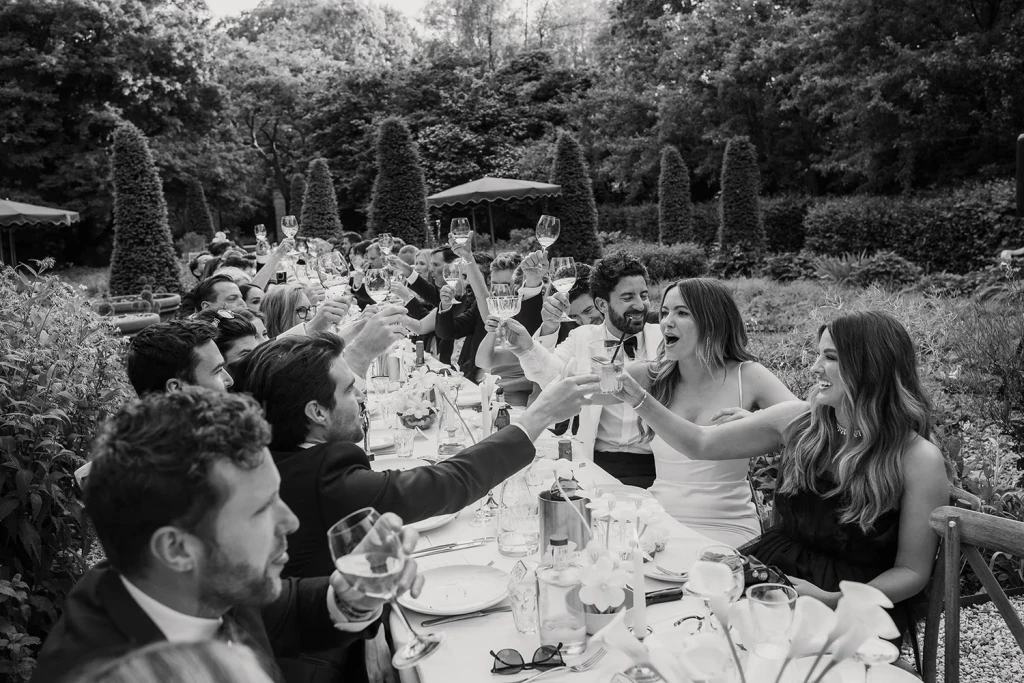Gaetano Pesce
Gaetano Pesce: The Architect Who Thinks With His Heart
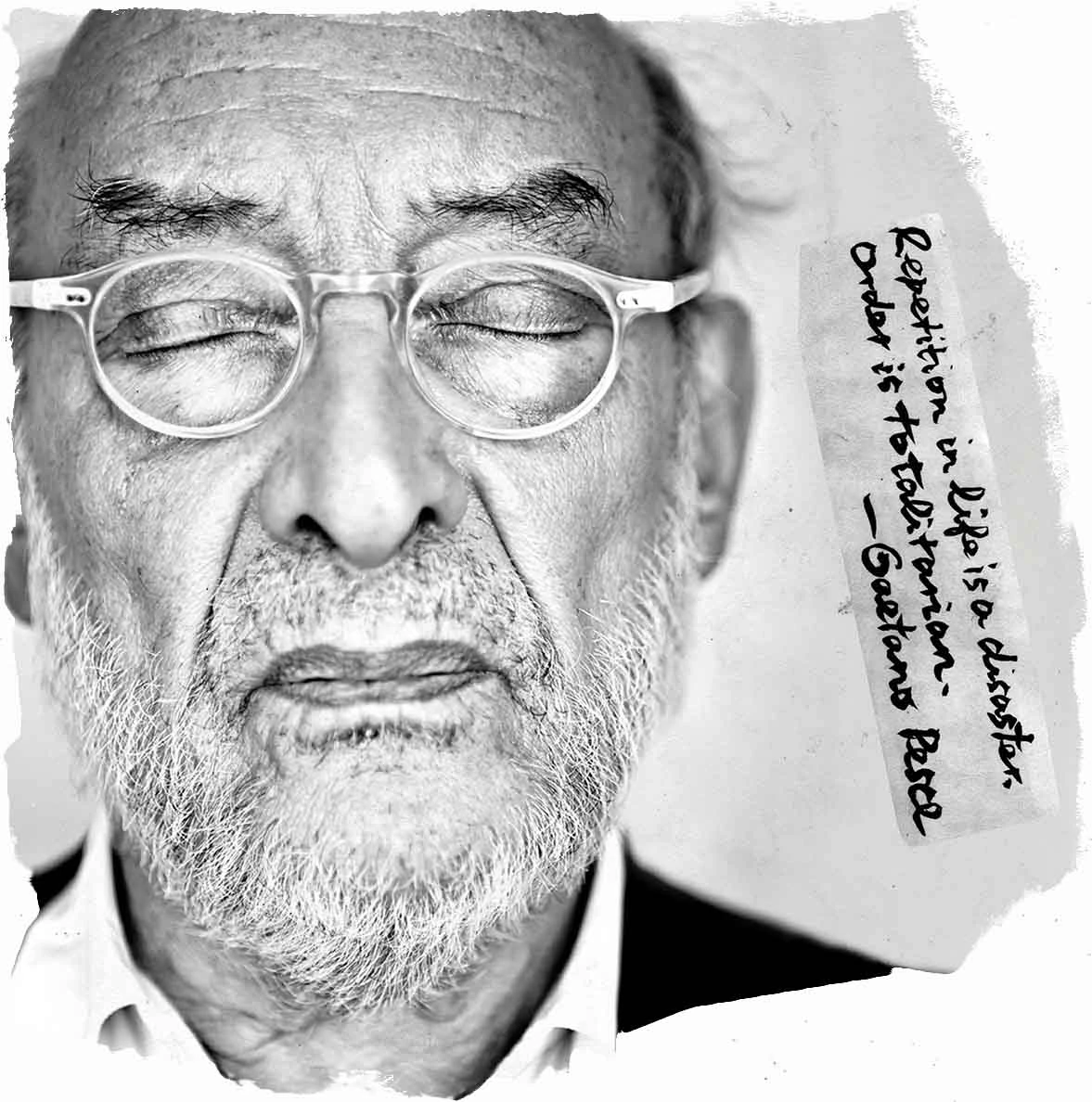 Gaetano Pesce is not your typical architect. He’s not someone you call when you want a conventional home, a sleek glass office, or a minimalist showroom. Instead, Pesce is a designer, artist, and radical thinker who has spent over five decades pushing the boundaries of what architecture and design can be—and what they should feel like.
Gaetano Pesce is not your typical architect. He’s not someone you call when you want a conventional home, a sleek glass office, or a minimalist showroom. Instead, Pesce is a designer, artist, and radical thinker who has spent over five decades pushing the boundaries of what architecture and design can be—and what they should feel like.
Born in La Spezia, Italy, in 1939, Pesce studied architecture in Venice but quickly outgrew traditional expectations. He moved fluidly between disciplines—art, architecture, industrial design—and refused to draw hard lines between them. For Pesce, a chair isn’t just a chair; it’s a social statement. A house isn’t just a structure; it’s a portrait of the people who live there. Everything he creates is infused with personality, emotion, and bold intent.
The Voice of "Emotional Architecture"
Pesce is perhaps best known for what he calls “emotional architecture”—a way of designing that responds to human needs, imperfections, and feelings rather than fixed ideals of beauty or symmetry. Where others see structure, Pesce sees opportunity for storytelling.
His work often involves unconventional materials like resin, polyurethane, and rubber. These aren’t just quirky choices—they’re deliberate tools that allow him to create forms that are fluid, vibrant, and unmistakably alive. In Pesce’s hands, architecture becomes a conversation: between material and environment, between form and meaning, and most importantly, between building and human.
One of his most iconic pieces is the “Up” series of chairs (1969), especially the “Up5” chair—shaped like a curvaceous female form with a ball-and-chain ottoman. It’s provocative, playful, and politically charged. A bold commentary on gender roles, and yet oddly comfortable to sit in. That’s the heart of Pesce’s magic—his work always surprises you, but never excludes you.
"Repetition in life is a disaster. Order belongs to totalitarianism."
Pesce thought about color, shape, texture, material, and storytelling from a political science perspective, which is why all political expressions have always existed in his designs in a clear and bold manner.
, especially the “Up5” chair-default.webp)
A Radical Vision in the Olive Groves of Puglia
This same philosophy of emotional, experimental architecture came to life in the olive-covered countryside of southern Italy, where Pesce was invited to collaborate on a deeply personal architectural project. Nestled between Ostuni and Carovigno—an area of Puglia steeped in rural history and dotted with ancient olive trees—he was given a hectare of farmland and the invitation to dream.
Rather than designing a single holiday home, Pesce created a sculptural environment: multiple living structures that blend art, architecture, and land. Bold in color—blue, pink, white—and built from polyurethane, concrete, and mirrored surfaces, the buildings are not “luxurious” in the traditional sense. They’re rugged, radical, and utterly alive.
Each structure feels like a piece of living art. Some are shaped like abstract faces—blue for him, pink for her—portraits of the couple who commissioned the work. Others resemble softened cubes, tucked among the trees. Bathrooms reflect the surrounding landscape through mirrored tiles. Showers are taken under the open sky. The pool resembles a long irrigation trough, designed for swimming, not lounging.
Living here is not about convenience. It’s about connection—to the land, the elements, and the spirit of the place. There are no corridors, no fences, no air-conditioned cocoons separating you from the Puglian countryside. You move from room to room under the sun, as farmers once did. The house does not impose itself on the land—it becomes part of it.
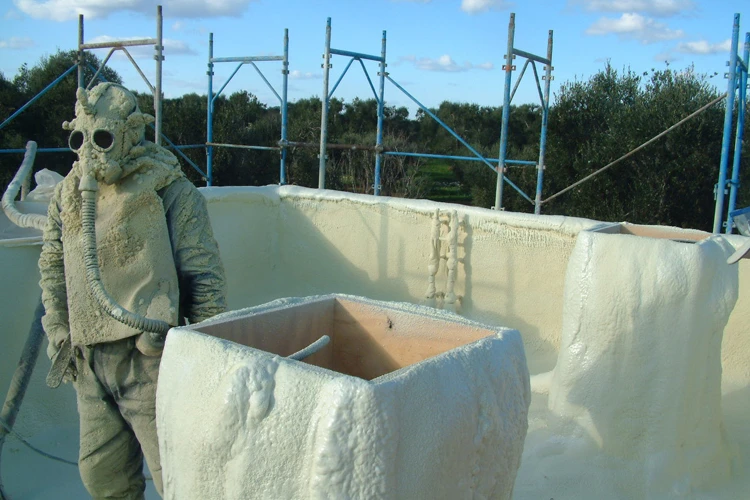
A Legacy of Boldness
Gaetano Pesce’s work has been exhibited all over the world—from MoMA in New York to the Centre Pompidou in Paris. His influence extends across disciplines: he’s designed everything from lighting to public art installations, often with a rebellious twist. He’s been called anti-modernist, postmodernist, humanist, and provocateur. But above all, he is a designer who never stopped believing that buildings should speak—and that we should listen.
In his Puglian creation, Pesce did not just build houses. He built a conversation—between art and function, nature and architecture, past and future. And like all his best work, it demands that you feel something. Whether that feeling is comfort, curiosity, awe, or even discomfort, it’s entirely the point.
Because to Pesce, design isn’t about perfection. It’s about life. And life, after all, is messy, beautiful, and worth noticing.
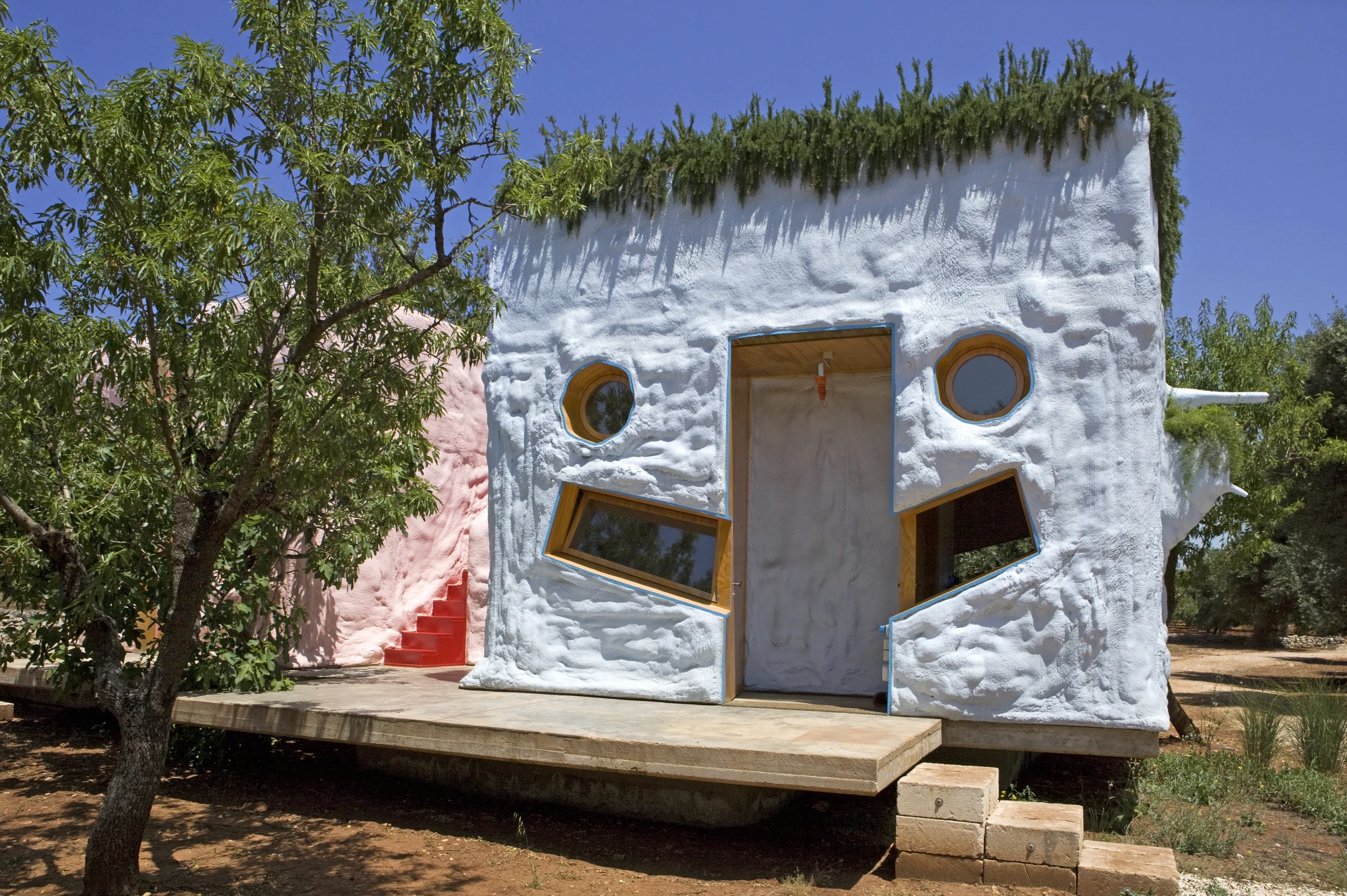
Stay
Little Gem No. 076 | An Experience to Savour
8 Guests | 4 BR | 2 BA | Pool
*The blue and pink houses have airconditioned bedrooms
